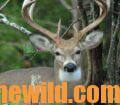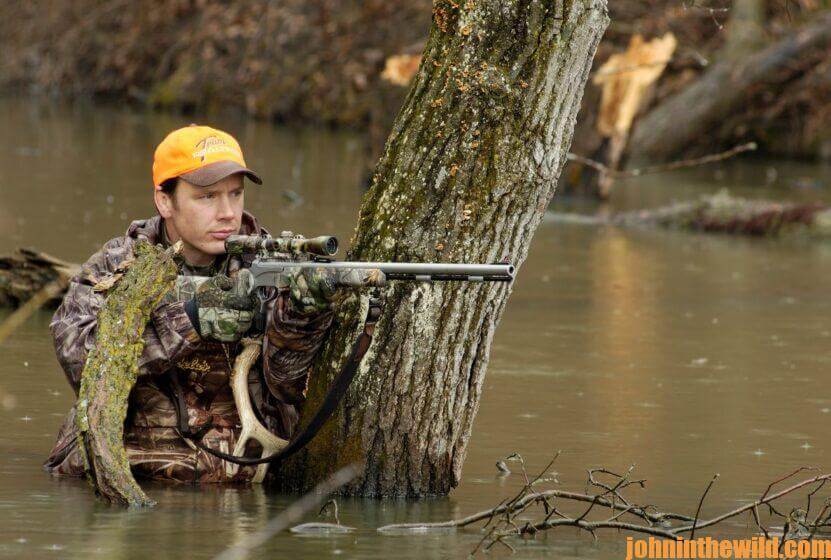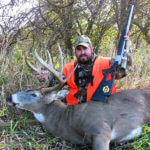Editor’s Note: To take one mature whitetail buck from public-hunting lands is a major accomplishment. But to consistently take older-age-class bucks on public lands in several states year after year, you must have an extraordinary game plan. To take a buck with a composite score of 179 inches (the composite score uses the Boone and Crockett scoring system (https://www.boone-crockett.org/), which includes the number of inches between the main beams, and an official Buckmaster score of 163 inches that doesn’t include the number of inches between the main beams and only scores the amount of antlers that the public-land deer carries is a super accomplishment. So, Jacob Lamar of Athens, Alabama’s Kentucky buck is a buck of a lifetime. In the last almost two decades while hunting public lands in Illinois, Jacob has taken, nine older-age-class bucks. In 2015, he harvested a buck in Kentucky that scored 179 inches. He took two bucks in Tennessee off the same 70 acres – one scoring 138 inches and a second buck scoring 157-4/8 inches. I wanted to know what hunting tactics Jacob had developed to take these big deer on public-hunting lands. Here Jacob tells us in his own words his public-land hunting strategies.
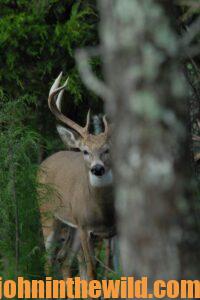
I don’t want to give the impression that one day I just woke-up, and I knew how to take mature bucks on public lands. When I was a young deer hunter, I didn’t have the money to lease land. I’m in my 30s now and so is my younger brother Adam. He and I always have hunted together. Neither one of us ever has had enough money to lease land, so that’s why we’ve started hunting public lands.
When I was still in high school, I belonged to a hunting club with 10-12 hunters and 800 acres just outside of Rogersville, Alabama, where I grew up. We paid about $200 each for the lease per year. To lease that same 800 acres today probably would cost 10 members $2,000 each. So, as lease prices went up, I quickly saw my future in deer hunting would be gone, if I didn’t learn to hunt public lands.
Once I went to college, I played baseball for the University of North Alabama in Florence, Alabama. During my college days, my roommate, some of my teammates and I decided to start getting serious about learning how to hunt public lands. We hunted Seven Mile Island Wildlife Management Area (WMA) and Lauderdale County WMA near the university. We did a lot of scouting. After every scouting trip, we would compare notes about what we saw, and what we’d learned. We learned that if we hunted where no one else wanted to hunt on public lands, we’d see bucks that no other public-land hunters saw.
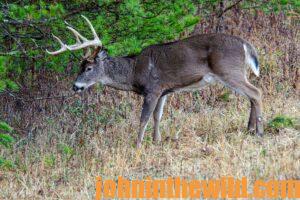
After we spent a lot of time developing a system that we thought would work to hunt public lands, we began to test our findings on other public lands in Georgia and Illinois. We went to Illinois because we knew that was one of the states that consistently produced big deer. We used the research we’d learned hunting in Alabama, Tennessee and Georgia, and felt sure we should be able to find big deer in Illinois.
- Hunt Deer in Public-Land Swamps: In the Shawnee National Forest in Illinois where my brother Adam and I and our friends have hunted for many years on public lands, we’ll often scout for swampy areas. Swamps will prevent about 95 percent of the people who hunt public lands from scouting them to see if any deer movement is there. We scout a swamp by waiting until the area has had a drought and only go into the swamp when the water is shallow. We search for places that will be out of the water during the fall and winter – even when rains flood the swamps. Then when hunting season arrives, we put on chest-high waders and go back to the places in the swamp that we know are out of the water and that have had a lot of deer sign before the water has come up. In many instances, we’ve found that there’s a lot of swamp land on public-hunting areas, and we’ve never seen anyone else scouting swamps in July and August when the water is down. When we’re scouting swamps in Illinois, we usually won’t hunt these places until November. We’ll put-out trail cameras on public lands at least 2-3 months before the first day of archery season. But we’ve placed our cameras in swampy areas before and had the water come up over the cameras and ruin them.
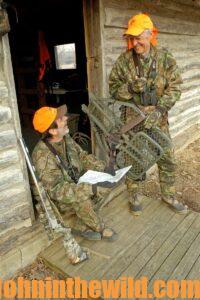
I’ve often been asked, “Have you ever had any cameras stolen?” My answer is, “If someone is willing to wade into a swamp, climb up a mountain or go as far back in the woods as I do to put that camera out, if they find that camera and need it bad enough to carry it back through that rough terrain, they need that camera far more than I do.” Also, we use very-inexpensive trail cameras. We don’t need to see bucks in living color. We just use the cameras to get pictures of bucks by day and by night, 24/7. Usually, we won’t check our trail cameras but about every 2-3 weeks until we get closer to the beginning of archery season.
Don’t forget that we’re putting our cameras out in places that are very difficult to reach, even if a public-land hunter thinks a big buck may be there. Most hunters won’t make the effort that we do to get to those regions. Seldom will they scout and put-out cameras when the weather is so hot, and the insects are so bad that no one really wants to scout for deer.

 To learn more about hunting deer, watch for John E. Phillips’ newest deer book, “How to Hunt Deer Like a Pro: Volume II,” due out in print by October 1, 2022, and in Audible by November 1, 2022. Also, check out John’s book, “How to Hunt and Take Big Buck Deer on Small Properties,” available in Kindle, print and Audible versions at (http://amzn.to/1vIcj4m). You may have to copy and paste this click into your browser. When you click on this book, notice on the left where Amazon allows you to read 10% of the book for free, and you can listen to 10% of the books for free. On the right side of the page and below the offer for a free Audible trial, you can click on Buy the Audible book. To see more of John’s deer books, visit www.amazon.com/author/johnephillips.
To learn more about hunting deer, watch for John E. Phillips’ newest deer book, “How to Hunt Deer Like a Pro: Volume II,” due out in print by October 1, 2022, and in Audible by November 1, 2022. Also, check out John’s book, “How to Hunt and Take Big Buck Deer on Small Properties,” available in Kindle, print and Audible versions at (http://amzn.to/1vIcj4m). You may have to copy and paste this click into your browser. When you click on this book, notice on the left where Amazon allows you to read 10% of the book for free, and you can listen to 10% of the books for free. On the right side of the page and below the offer for a free Audible trial, you can click on Buy the Audible book. To see more of John’s deer books, visit www.amazon.com/author/johnephillips.
Tomorrow: Use Mock Scrapes and Other Deer Tactics


